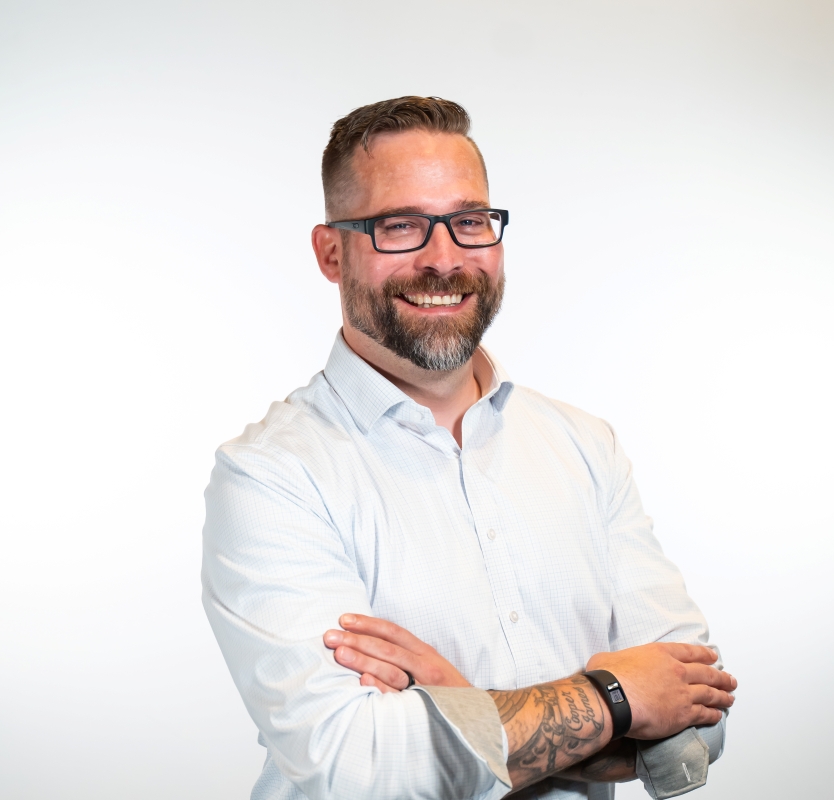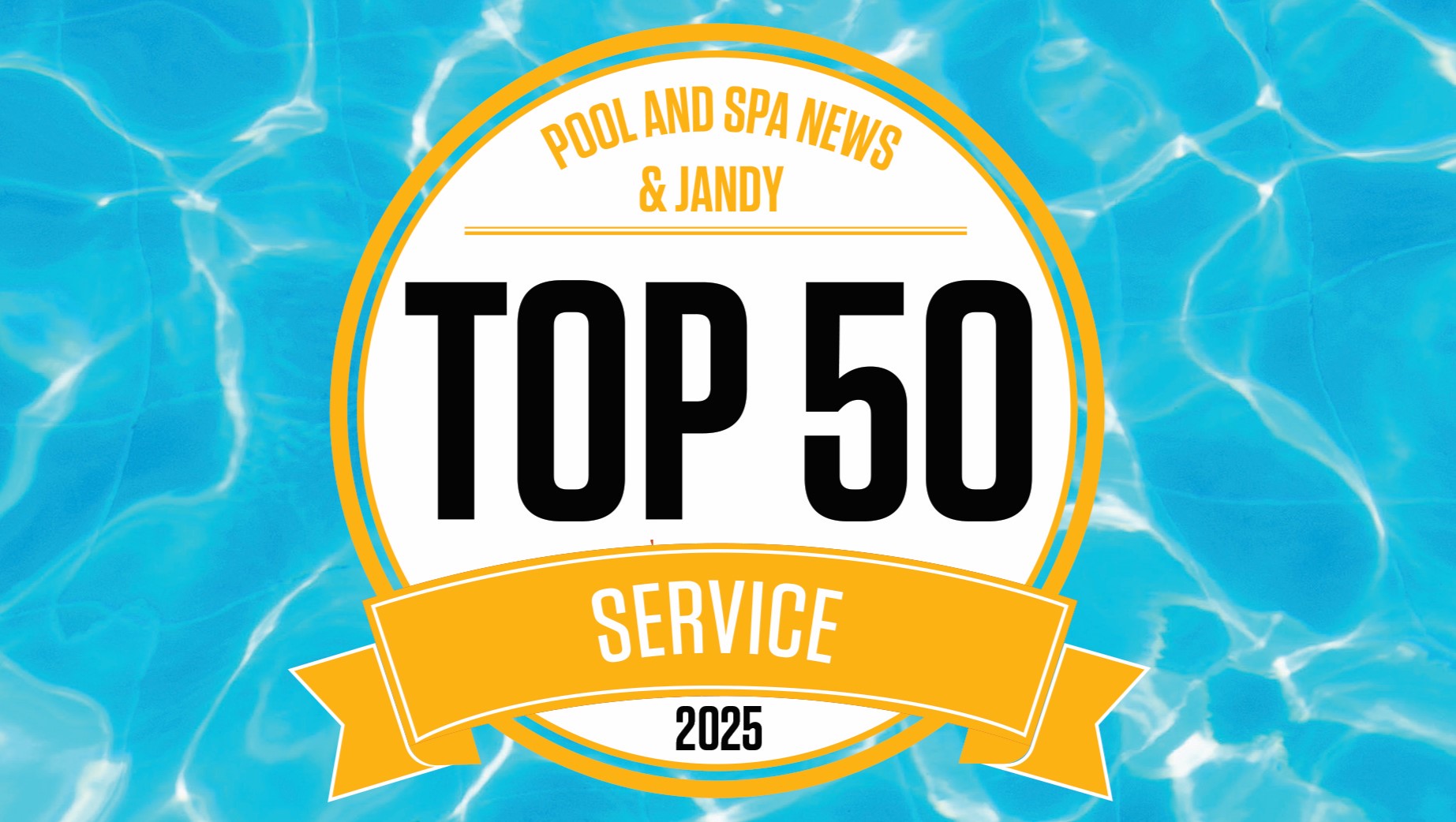For The Amenity Collective’s commercial aquatics division, 2024 was a record-breaking year, and 2025 promises more of the same.
Formed by the consolidation of three pool management companies – American Pool, Continental Pools, and Swim Club Management Group – this division of the Amenity Collective largely focuses on the commercial sector. But it has stepped solidly past the pandemic days, which took a harsher toll on the commercial market.
“I would say 2024 was as close to pre-covid as possible,” says Brian Bergeski, President of Commercial Aquatics for The Amenity Collective, an Owings Mills, Md.-based PSN Top 50 Service firm that specializes in commercial pool management.
One highlight: Pool owners are increasingly interested in renovations.
He expects the success to continue. With some fine-tuning in how it manages staff, the company has worked to position itself not only to thrive in 2025, but also sidestep the labor-shortage issue for years to come.
The unquantifiable things
In addition to the struggle finding good help to maintain and renovate the commercial pools the company and its various brands manage, The Amenity Collective must deal with a labor shortage that’s nationally renowned – that of lifeguards. But Bergeski believes the firm has landed on the magic formula for filling all the employment slots.
It began by investigating what people seek in an employer. The company surveys all its staffers. Considering that it employs thousands of individuals between its five brands and 17 locations, it received plenty of input to assess. In quick order, one thing became very clear: pay rates did not rank as the first motivation for employees to stay, come back the following season and recommend the company to friends looking for work.
So, like other companies, it began focusing on the less quantifiable aspects of employment. It recently hired a director of leadership and executive development, whose sole job is to provide personal, professional and leadership training opportunities for employees across the board.
“His role is to work with everyone from our executive teams all the way to our full-time employees,” Bergeski says. “He provides or oversees group coaching of staff as well as one-on-one mentoring.”
He also oversees education and training at the company’s in-house conferences. “We have roughly 100 full-time employees coming from five markets, and we’re having a full day just on personal and professional development,” Bergeski says. “We really recognize and value investing in those people, not just in pool-specific skills or classes.”
Structured for growth
To further the health and growth of the company, it also has strengthened the organizational structure to better support its local operations. Between the top corporate management and the staff at its various locations sits a middle layer that checks in and helps guide the staff at each operation.
“Our Support Services [team] really helps keep all our frontline people doing what they need to do,” Bergeski explains. “We have centralized the best of the best to constantly meet with them, support any needs they have, and share best practices, using some of the technology we have invested in. When needed, we can really lean in, mitigate the situation and pivot really quickly.”
He says the efforts have paid off, and he expects them to position his company for another great year.
“I think the results speak for themselves,” he says. “We’ve continuously grown, both topline and bottom line, and it’s all organic. We haven’t had an acquisition in a couple years… but we’ve doubled our EBITDA over the past two years with the same operations and footprint, and that’s just a testament to the people.”




